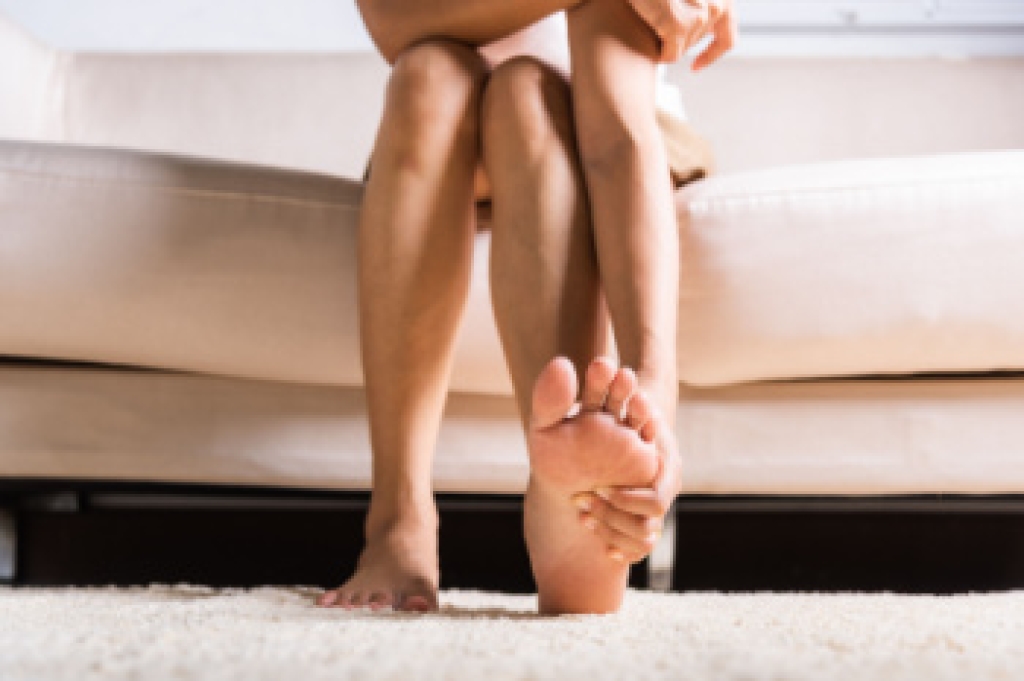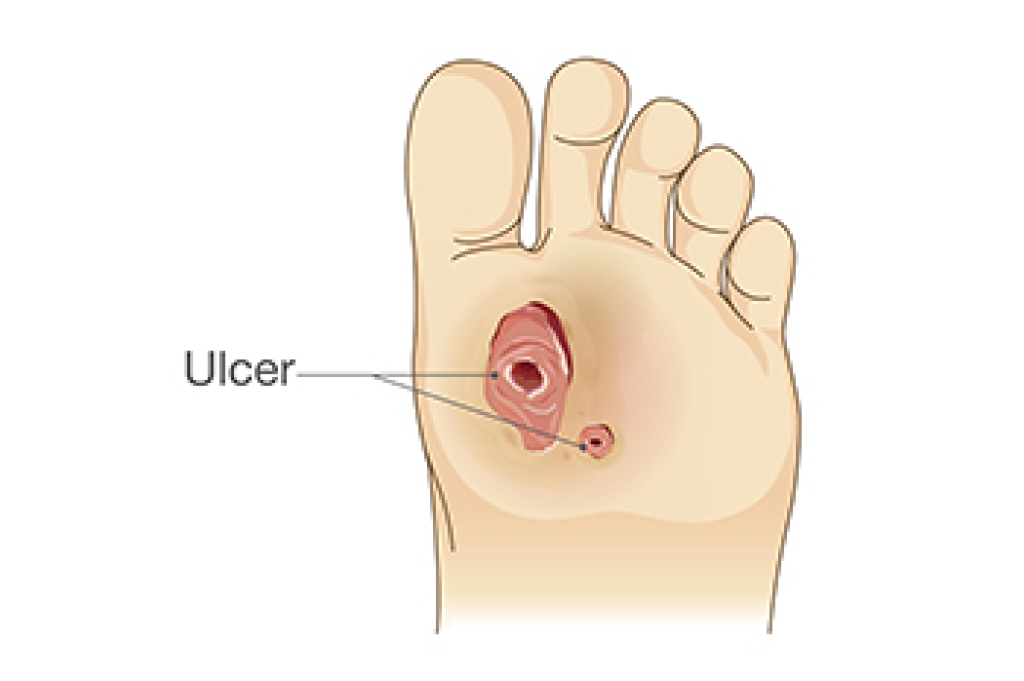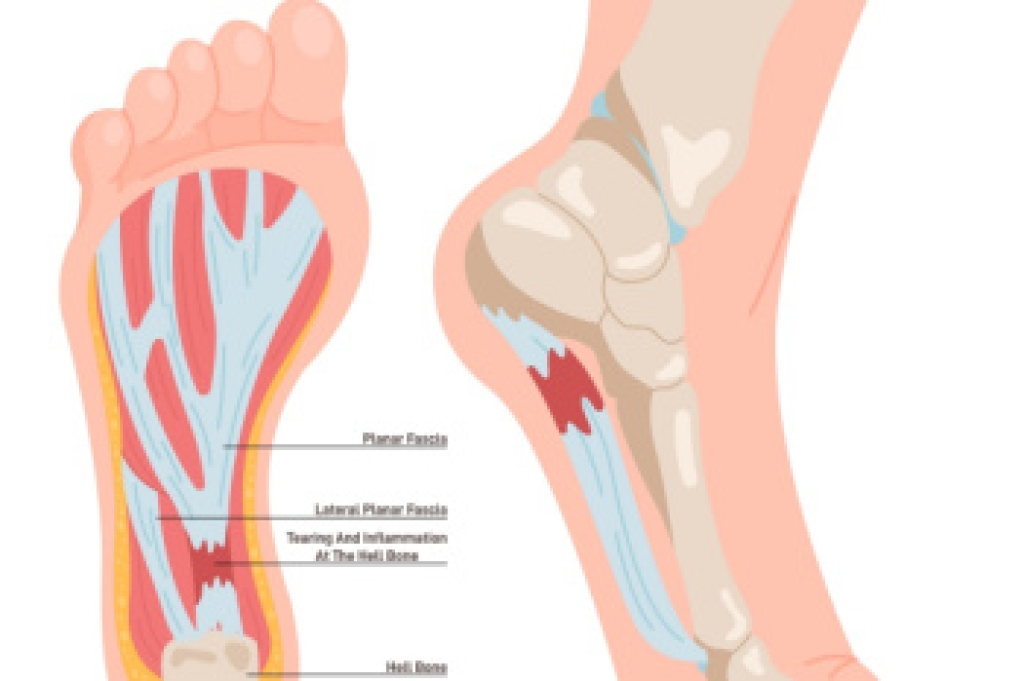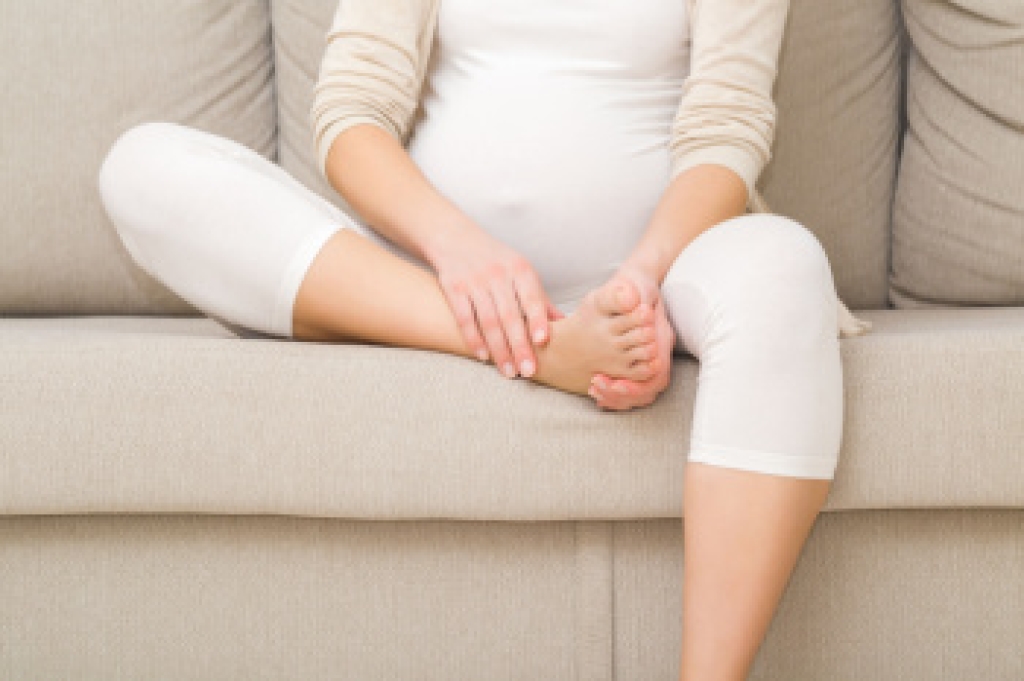
Lupus can affect the feet in several ways, leading to pain, swelling, numbness, and cold toes when circulation is reduced. Some people develop lymphedema, which causes fluid buildup and ankle swelling, or Raynaud’s syndrome, where blood vessels in the toes tighten in response to cold or stress. Chilblains can also develop when damp, cool air irritates the skin on the feet. Lupus can contribute to plantar fasciitis, which causes pain along the bottom of the foot when the plantar fascia becomes inflamed. These changes may signal nerve problems or other serious conditions, so prompt evaluation is important. A podiatrist can help identify the source of foot and ankle symptoms, recommend supportive shoe choices instead of thin flip-flops, offer orthotics when needed, and advise when further complications arise. If you have symptoms of lupus that affect your feet and ankles, it is suggested that you schedule an appointment with a podiatrist for a diagnosis and appropriate treatment.
When dealing with systemic disease of the feet, it is extremely important to check the affected areas routinely so that any additional problems are caught quickly. If you have any concerns about your feet and ankles contact Michele Kraft, DPM from Toes on the Go. Our doctor will assist you with all of your podiatric needs.
Systemic Diseases of the Feet
Systemic diseases affect the whole body, and symptoms usually are displayed in the feet. This condition can make a patient’s ability to walk unbearable. Systemic diseases include gout, diabetes mellitus, neurological disorders, and arthritis.
Gout – is caused by an excess of uric acid in the body. Common symptoms include pain, inflammation, and redness at the metatarsal/phalangeal joint of the base big toe. Gout can be treated by NSAIDs to relieve pain and inflammation, and other drugs that lower the acid levels in the body.
Diabetes mellitus – is an increase in the level of blood sugar that the body cannot counteract with its own insulin. Failure to produce enough insulin is a factor in Diabetes.
Diabetes of the Feet
Diabetic Neuropathy – may lead to damaged nerves and affect the feet through numbness and loss of sensation.
Peripheral Vascular Disease – can restrict the blood flow to the feet, and often times lead to amputation of the feet.
If you have any questions please contact our office located in Carmel, CA . We offer the newest diagnostic and treatment technologies for all your foot and ankle needs.




